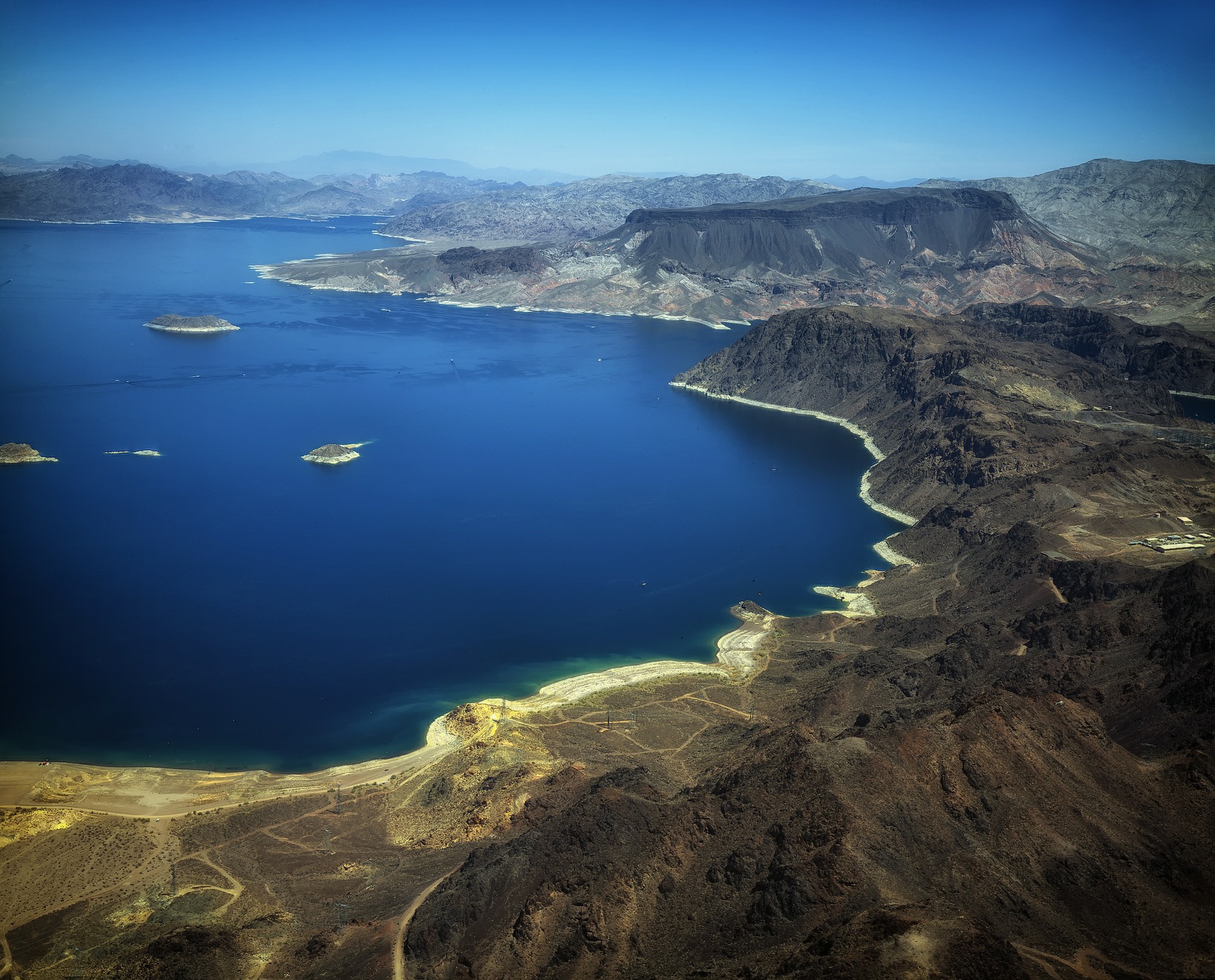Lake Mead, sinking water level
crimes uncovered

1 Introduction
The water level of Lake Mead, the largest reservoir in the United States, is decreasing due to a drought that has lasted for more than 15 years in Nevada and Arizona. This decreasing amount means that some of the most famous landmarks within Lake Mead National Recreation Area will be exposed to visitors.
2 Los Angeles water crisis
Lake Mead, the largest reservoir in the United States and a key source of water for Los Angeles, is on track to drop below its all-time low. That would trigger a federal shortage declaration and mandatory cutbacks in deliveries to Arizona and Nevada.
The lake’s receding waters already are pushing up against Nevada’s Hoover Dam holding back Lake Mead, with officials considering moving aside some of its concrete blocks to create more room. A similar drawdown has already occurred at California’s Oroville Dam. The situation raises concerns about what might happen if another major earthquake hits California or if there is another prolonged drought."
3 History
Lake Mead is the largest man-made reservoir in the United States, and it’s located on the Colorado River. It was created in 1935 when engineers built a dam to hold back water from the river at a place called Black Canyon. The lake is named after John Wesley Powell, an American explorer who first explored part of what is now Lake Mead.
The lake has seen its water level drop significantly over the last decade due to long-term drought conditions in western North America and more demand for water than ever before.
4 The water level of the lake is decreasing
- Climate change is causing the water level of Lake Mead to decrease.
- The drought has caused the water level of Lake Mead to decrease.
- Evaporation has caused the water level of Lake Mead to decrease.
- Irrigation is causing the water level of Lake Mead to decrease
5 Future
And so the lake will continue to sink. As of June 2018, the reservoir was at 1,079 feet above sea level. That’s down from its high of 1,225 feet in May 1983—a difference of 146 vertical feet in 34 years.
The water level will continue to decrease as long as it stays below 1,075 feet. At that point another “bathtub ring” could form around the lake’s shoreline. But if you want to see what that looks like firsthand, you may have a while to wait: it’s likely Lake Mead will fall far enough by 2025 or 2030 for another bathtub ring to form before rising again due to increased snowmelt and rainfall over time (though this is all based on current climate patterns).
6 The decreasing amount of water uncovers hidden crimes
The decreasing amount of water uncovers hidden crimes. A man’s body has been found under the shoreline, but nobody knows who he is or how long he’s been there. Divers are on their way to investigate and will soon be underwater searching for clues.
7 Discovery
The story of Lake Mead begins in the early 1900s, when American leaders were concerned about water shortages in California. President Hoover approved a plan to dam the Colorado River and create a new reservoir for Los Angeles, San Diego and other western cities.
Construction began on the Hoover Dam (then called Boulder Dam) in 1931 and was completed in 1936. After World War II ended, workers returned to build another dam nearby—this one would create Lake Mead, which is much larger than Hoover Dam alone could hold. The new project also included two smaller reservoirs: Lake Havasu and Lake Mohave (which will be discussed later).
8 Conclusion
The decrease in water level is a threat to Los Angeles and its inhabitants. An increase in the number of people moving to California has led to increased demand for water, which has been met with increased use of groundwater.